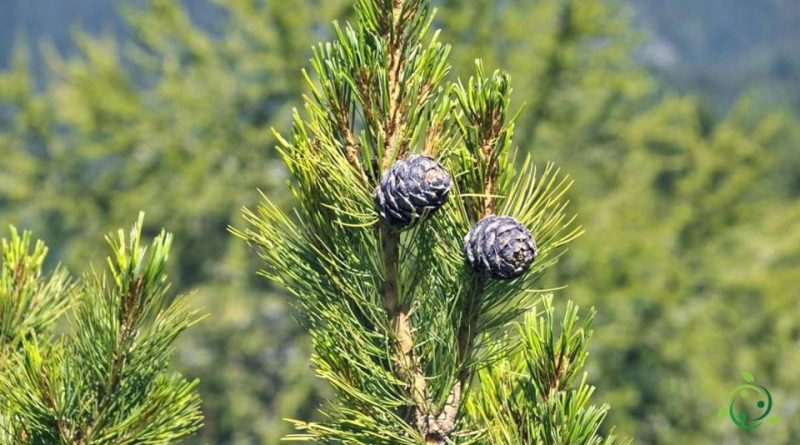How the Swiss stone pine is grown
How the Swiss stone pine is grown
The Swiss stone pine (Pinus cembra L., 1753) is an evergreen coniferous tree of the Pinaceae family, native to the mountains of central Europe (Alps, Carpathians, Tatras). In Italy there are pine forests in Trentino-Alto Adige and in some areas of the Western Alps. It tolerates cold and windy climates at high altitudes well.
It is a very precious wood plant, used in particular for sculptures (eg in Val Gardena). It is the only 5-needle pine spontaneously present in Europe.
The reproductive structures appear in summer on the branches of the year in the upper part of the canopy; they are cones: the masculine yellow, the feminine red-violet. Two years after flowering, the pine cones ripen and fall whole, still with seeds, in the spring of the third year. It reaches 500 years of age.
Cultivation –
The Swiss stone pine is a plant that has naturalized in Italy in the Aosta Valley, Piedmont, Lombardy, Trentino, Veneto and Friuli where it grows at an altitude between 1400 and 2300 meters above sea level.
For this reason it should be grown in areas with similar climatic and altimetric conditions.
This plant prefers loose, rich and absolutely well-drained soils, deep, with a neutral or acid reaction, or slightly calcareous, but perhaps washed on the surface by the rains.
The Swiss stone pine grows well on the northern slopes.
It is a very rustic tree that resists well to the typical temperature changes of mountain environments, and can also tolerate aridity when it is well established. It can tolerate light shading that simulates forest living conditions. It also resists winds well but not sea winds.
Pinus cembra is not a fast growing conifer.
The plant propagates by freshly harvested seed or in late winter.
If you buy preserved seeds it is better to precede the sowing with 6 weeks of vernalization with stratification at a temperature of 4 ° C.
Planting, after the seedlings have formed, must be carried out taking care to provide protection from the winter cold for the first two years after planting. Pinus cembra is a plant, among other things, that tolerates transplants even if, as with all trees, the operation must be performed by taking the entire bread of earth, disturbing the roots as little as possible.
Vegetative propagation is also possible but not very easy and is carried out starting from the single bundle of needles with its brachiblast, but subsequent growth will never be fast.
This plant lends itself to being planted in medium-large spaces, single or in groups, in cool climates away from the heat of the city.
Excellent plant to recreate, in its natural habitat, an ideal ecosystem for wildlife and for an under canopy with low bushes such as evergreen azaleas and rhododendrons. Remember that, like other pines, this plant with its leaf secretion inhibits the germination of seeds and in particular the rooting of the lawn.
In this case it is recommended to use ground cover plants or other bushes or other conifers.
Uses –
Pinus cembra is a plant with soft and easy-to-work wood, used for the construction of furniture and for inlay work (Val Gardena). In the past, pine nuts represented an important food resource for mountain populations and used for food preparations, for example the Tyrolean strudel.
It is used in protective reforestation and in environmental recovery and slope consolidation interventions.
Sometimes used in parks as an ornamental, in particular where the climate is temperate-cold.

